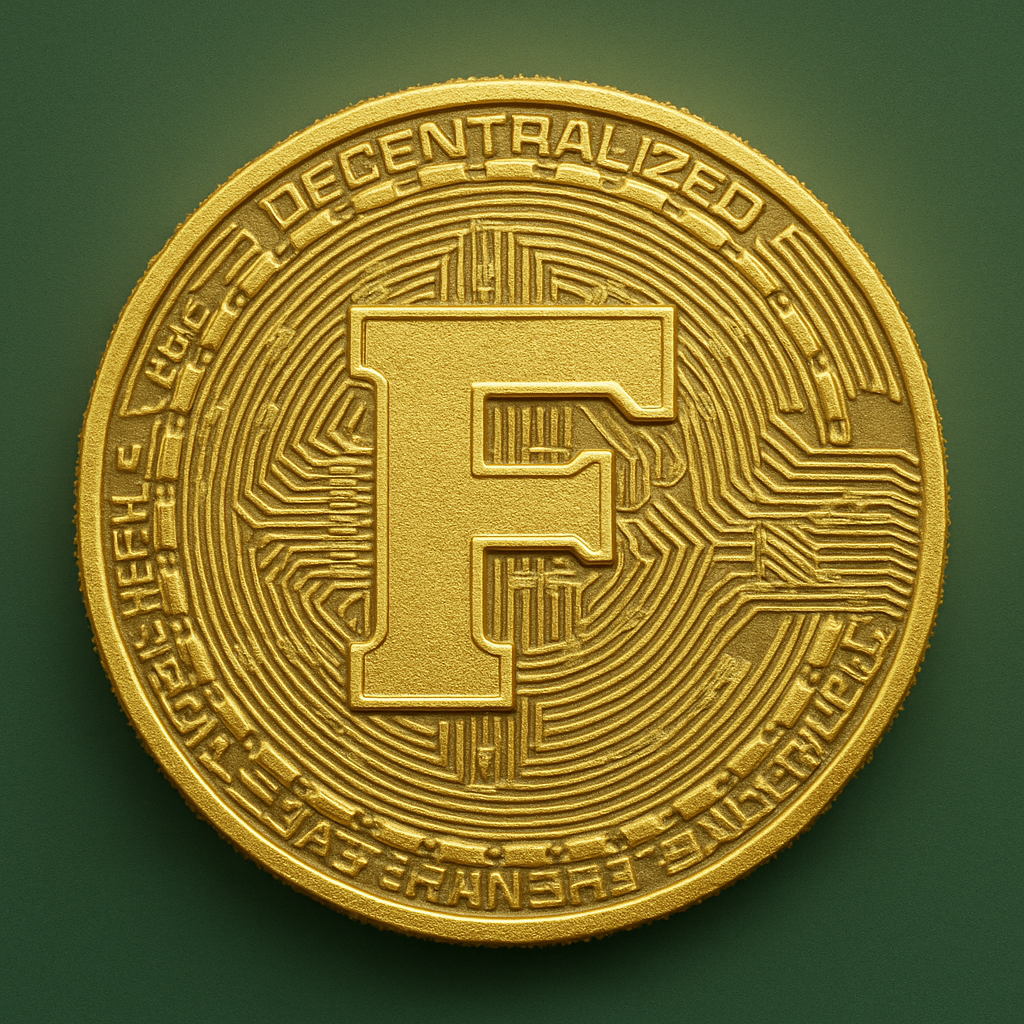
Lesson 2: How Blockchain Stores Data
Crypto World - Powered by FOFI
← Back to LessonsHow Blockchain Stores Data
Blockchain stores data in a special structure known as a block. Each block is like a digital container that holds information about transactions and links to the previous block. These containers are linked together, forming a secure and unchangeable chain — hence the name blockchain.
What’s Inside a Block?
Each block contains:
- Block Header – Metadata including a timestamp, version, and a unique ID
- Transaction List – All the transactions made during a certain time frame
- Hash of the Previous Block – This connects the current block to the one before it

What is a Hash?
A hash is a cryptographic function that turns input data into a fixed-length string of characters. Even a small change in the input results in a completely different hash. This makes hashes perfect for verifying integrity.
Every block includes the hash of the previous block. This creates a chain — if someone tries to alter the data in one block, it will change its hash and break the entire chain. This is what makes blockchain secure.
Chaining Blocks Together
Imagine three blocks: Block A → Block B → Block C. Block B contains the hash of Block A. Block C contains the hash of Block B. If someone changes Block A, then Block B and C become invalid unless recalculated — which would require immense computing power and majority network control. That’s nearly impossible on a large decentralized network.

Data is Permanent
Once a block is added to the blockchain, it becomes part of a permanent, uneditable history. Everyone can trust that the information hasn’t been tampered with — whether it’s a cryptocurrency transaction, a digital identity, or a smart contract.
This structure ensures both transparency and security, making blockchain ideal for use in systems where trust and data integrity are essential.
Next up: In Lesson 3, you’ll learn how blockchain networks agree on what is true — using systems like Proof-of-Work and Proof-of-Stake.
Next Lesson →